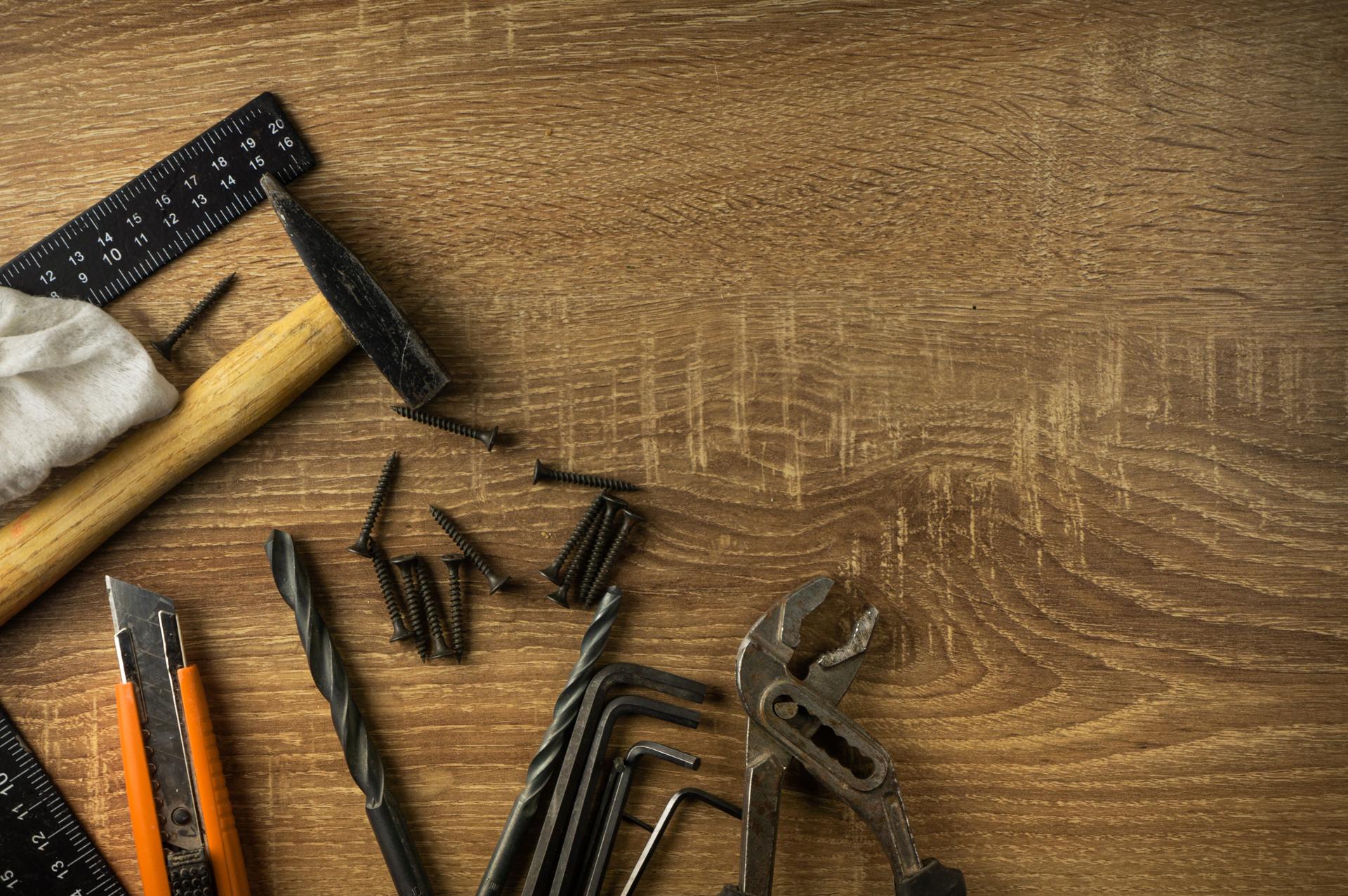Don't Call a Plumber! Discover How to Repair Common Plumbing Issues Yourself

The plumbing system is an essential component of every home. If they are not maintained properly they could become a source of many problems which can cause inconvenience and costly repairs.
There are numerous advantages of learning to fix small plumbing problems yourself, including saving money as well as learning important abilities. This article we will examine common plumbing issues and DIY techniques to fix them.
Common Plumbing Problems
Dripping Faucets
Dripping faucets are not only irritating, they also consume a substantial volume of water during time. The most frequent cause for leaky faucets is a worn-out washer, or an O-ring. To resolve this issue shut off the supply of water for the faucet. remove the handle, and then replace the worn-out O-ring or washer.
Running Toilets
A toilet that is running is another common plumbing issue that can result in a significant loss of water. The most common cause is a faulty flapper valve that’s not sealing correctly, allowing water to escape from the tank and into the bowl. To fix this issue switch off your water source to the toilet. remove the lid of the tank, then adjust or replace your flapper valve.
Clogged Drains
The cause of blocked drains is by a variety of factors, including hair, soap, and food particles. To fix this issue it is possible to use either a plunger or drain snake to get rid of the obstruction. Alternatively, you can make a mix of vinegar and baking soda to break up the blockage.
Low Water Pressure
The low pressure in the water could be due to a variety of factors such as mineral buildup in the pipes or a malfunctioning pressure regulator. To remedy this problem it is possible to clean the aerator or replacing pressure regulator.
Tools Required for DIY Plumbing
To perform DIY plumbing, you will require some basic tools such as an adjustable wrench, a plunger, pipe wrench, Teflon tape and a screwdriver. The tools you have on hand will make it easier to solve minor plumbing problems.
Safety Tips for DIY Plumbing
Safety should always be a top priority when making any DIY plumbing repairs. A few safety tips to consider include turning off the water source prior to starting any repairs, wearing gloves and safety glasses and having a first aid kit on hand in the event in the event of an emergency.
DIY Plumbing Techniques
To resolve common plumbing issues for common plumbing issues, you’ll need to master a few DIY plumbing methods, such as how to turn off your water source or repair a leaky faucet and how to fix an unresponsive toilet or unblock a drain, and ways to increase the pressure in your water. These methods can save you time and money on minor plumbing repairs.
Conclusion
Learning how to fix minor plumbing issues yourself can be beneficial in various ways. Not only will it cost you less money, but it will provide you with a sense of accomplishment and valuable knowledge. However, for more significant plumbing issues, it’s always better to consult a professional plumber.
FAQ
Can I fix a plumbing problem myself?
Yes, you can fix minor plumbing problems yourself by learning a few basic DIY plumbing techniques.
What are the most common plumbing problems?
The most common plumbing problems are dripping taps and toilets that run, blockages in drains, as well as low water pressure.
What tools do I require to do my own plumbing?
You will need a few important tools, such as an adjustable wrench, a plunger pipe wrench, Teflon tape and the screwdriver.
Is DIY plumbing safe?
DIY plumbing is safe if you follow the safety guidelines and take proper steps.
What is the best time to call for a licensed plumber?
You should contact a licensed plumber for plumbing problems of a serious nature that require special equipment and knowledge.
